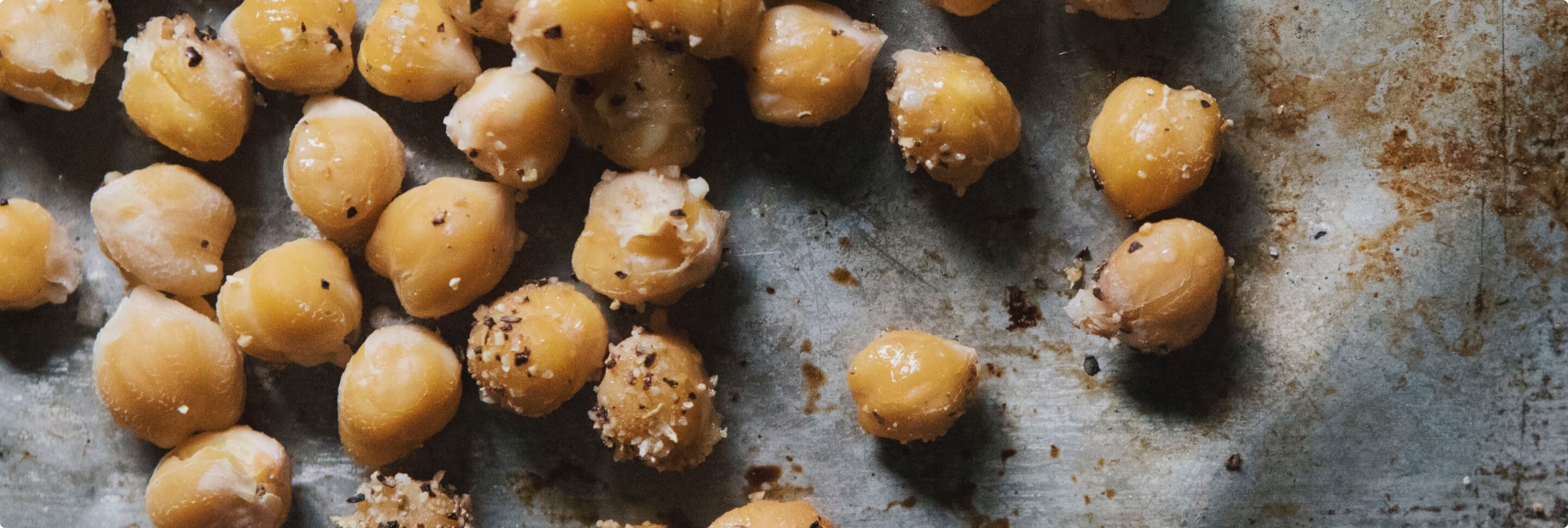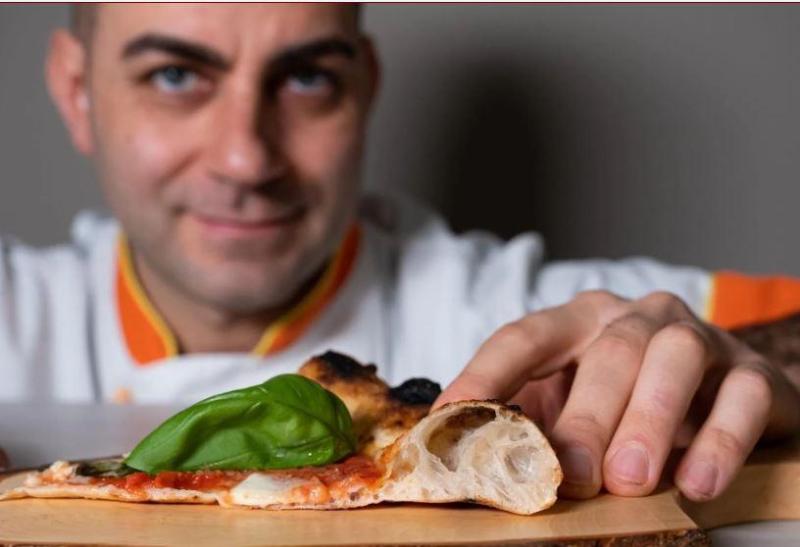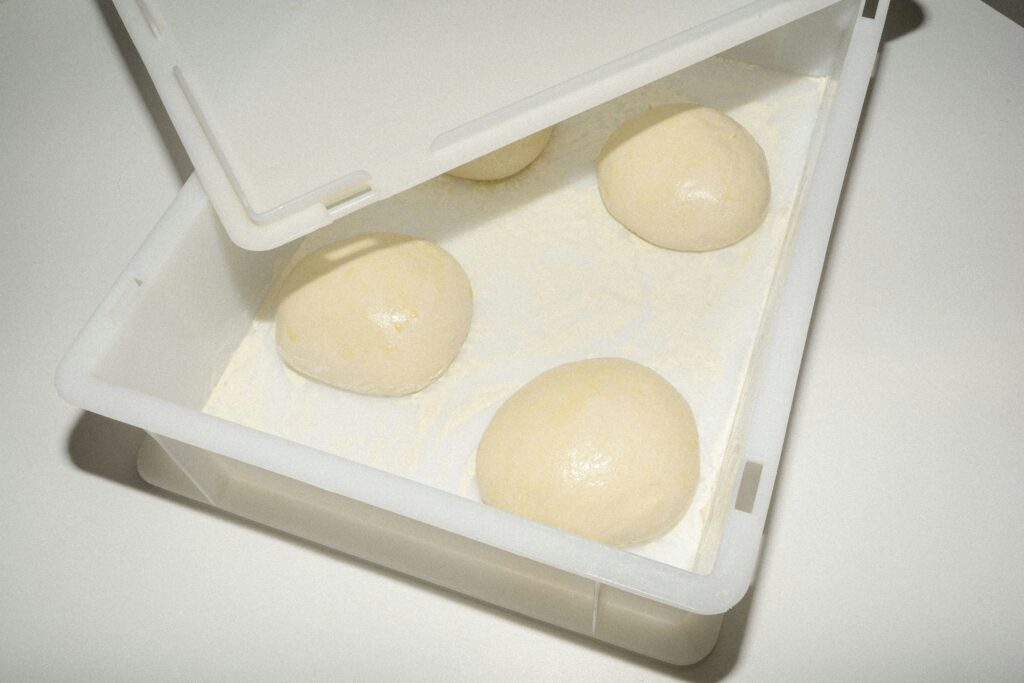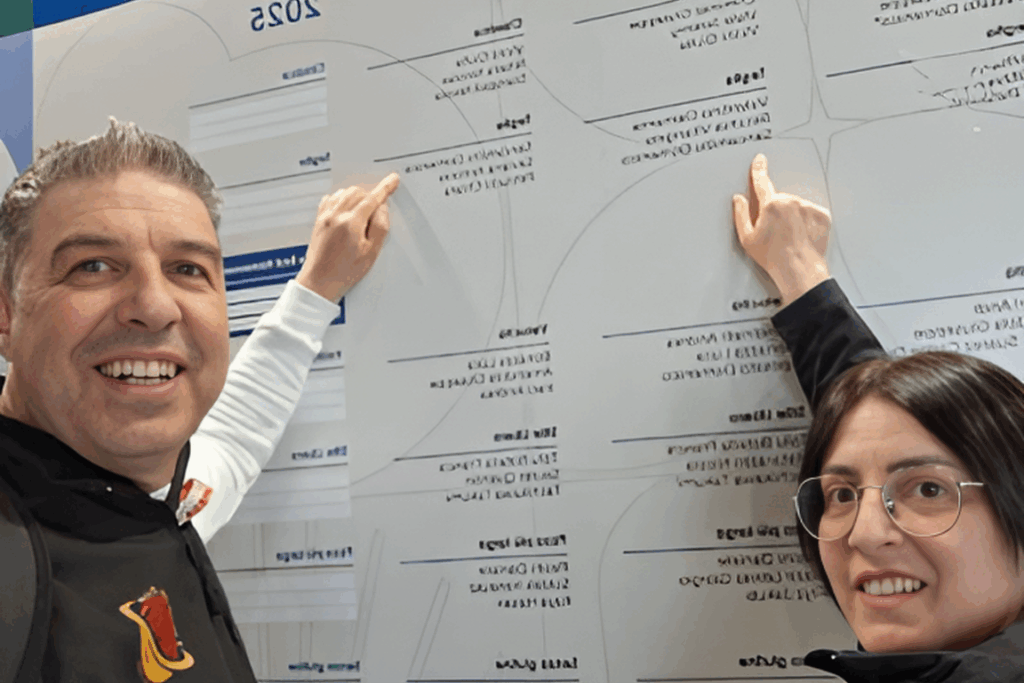
They can be fresh, boiled, dried, roasted, hulled and even black. We are talking about chickpeas, the most famous and widespread legume in the world. A “poor” product with a high protein content, it has recently been rediscovered in the culinary sector as a raw material for reinterpreting traditional Italian dishes.
Commonly known today as Chickpea, Cicer reticulatum was originally a wild plant which was discovered in ancient times by Turks, who first “tasted” this unusual grain and discovered its great nutritive properties. Its cultivation spread all over the ancient world, from the Roman Empire to Ancient Greece and it was used as main food for slaves in order to support the hard work. Kikus, which in Greek means “strength” and “power”, is today the third most important type of legume in the world after soybean and beans. The latest survey by Coldiretti (National Confederation of Direct Farmers) confirms that since 2015 the consumption of chickpeas in the world has increased by about 10% and, according to data reported by FAOSTAT (Food and Agriculture Organization Corporate Statistical Database), Italy occupies the 17th place with a production of chickpeas exceeding 400 thousand quintals in 2019, being the second state in Europe after Spain for the cultivation of chickpeas. Among the officially recognized traditional food products are included: the Chickpea of Abruzzi, the toasted Chickpeas and the Calia in Calabria, the Chickpea of Cicerale, the Chickpea of Valle Agricola, the black Chickpea of Fortore, the small Chickpea of Sannio in Campania, the Chickpea of the straight furrow of Valentano and the Chickpeas of Lazio, the Chickpea of Piedmont, the Chickpea of Nardò and the black Chickpea in Apulia, the Sicilian Chickpea and the Tuscan Chickpea.
Used both as a main course and together with other dishes, chickpeas are tasty and versatile in cooking. They are a complete food, rich in fibers, mineral salts, proteins, carbohydrates and Omega 3. Like other legumes, they are gluten free, so also people suffering from celiac disease can eat them. They are usually the main ingredient of delicious traditional soups or velvety soups, but more and more often they are also used as a pasta condiment or in combination with fish; or even to make unique dishes, maybe in combination with other types of legumes or cereals. Few people know that even cooking water, also called aquafaba, is used in many ways, especially in vegan cooking to replace whipped egg whites. Chickpeas are also an excellent raw material for realizing chickpea flour, obtained by drying the legumes. It is used in many traditional preparations such as panella from Palermo, cecina from Pisa and farinata from Liguria, a sort of very low “pancake” made of chickpea flour, water, salt and olive oil.



